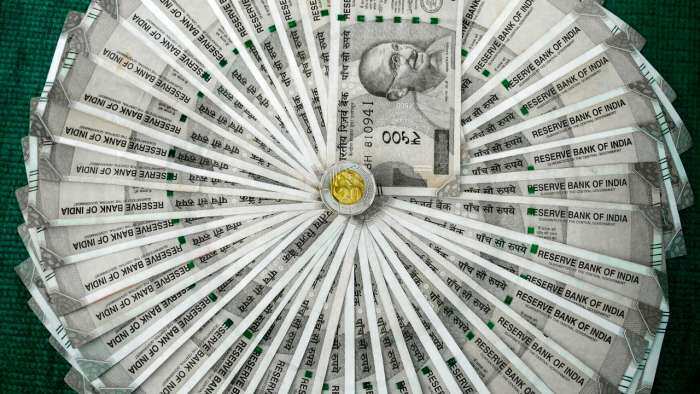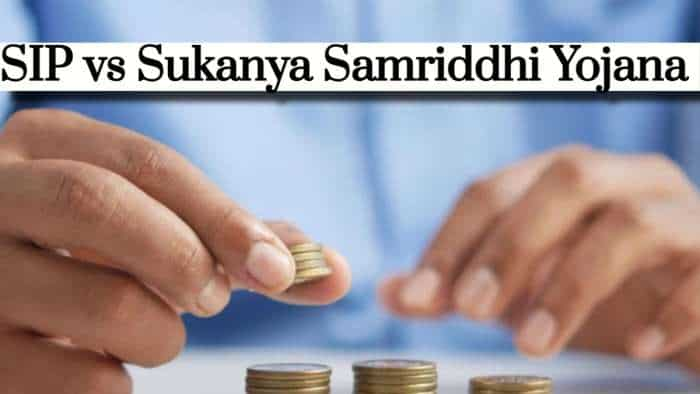'Rajan is an excellent listener & his policy decisions reflect his careful listening of the bankers' opinions'

As an excellent listener and communicator, the outgoing RBI Governor Raghuram Rajan used all the modes of communication to stop the market from running ahead and got it open-mouthed instead, says a report.
Rajan will demit office on September 6, and will return to teaching.
His three-year tenure has seen many ups and downs in terms of macro-challenges, policy choices and managing fiscal and monetary flanks of the stabilisation policy.
"Rajan is an excellent listener and his policy decisions reflect his careful listening of the bankers' opinions. Being a wonderful listener universally makes him an excellent communicator," SBI chief economist Soumyakanti Ghosh said in the ecowrap report on Friday.
"Rajan during his tenure has literally championed both conventional and unconventional modes of communication and not allowed the market to run ahead, instead open mouthed the market," he said.
Such communication had the desired impact on movements in the exchange rate and in the term structure of interest rates being entirely consistent with the Reserve Bank of India (RBI) monetary policy stance, the report said.
"Thanks to Rajan we are an inflation-targeting country now. The primary defining characteristics of inflation targeting, symmetry, forward-looking nature and flexibility, require disciplined communication efforts for monetary policy to be credible and effective. Rajan has ensured through his judicious communication that inflation targeting is now well-entrenched in the psyche of each and every stakeholder in the financial sector space," the report says.
Under Rajan's leadership, RBI has delivered on all aspects of banking to develop a sound and efficient financial system, which will contribute to the growth process of the country, it said.
Some of his major achievements are: New policy framework, formation of monetary policy framework, implementation of asset quality review to clean balance sheets of public sector banks (PSBs), new banking licence in private sector and licensing small and payment banks, universal payment interface for integrated mobile banking system and last but not the least the transparency in public disclosures of RBI.
When Rajan took the charge on September 4, 2013, the rupee was trading at 63.8 and is today at 66.9. After a year of him assuming the office rupee had gained 4.5% to 60.9 in September 2014.
Before Rajan took over, the rupee had fallen to its record low of 68.85 on August 28, 2013.
In his three-year tenure, the foreign exchange reserves increased by $91 billion from $276 billion to $367 billion, which is a record high, the report notes.
Higher reserves helped the country increase its import cover from 8.1 months in September 2013 to 12.4 months now.
Under him, RBI has taken a number of steps to manage the system liquidity in a better way. It narrowed liquidity adjustment facility (LAF) corridor and introduced marginal cost fund-based lending rate (MCLR) for a better transmission of policy rate.
On financial inclusion, RBI has issued two banking licences in the private sector and introduced innovative banking in terms of small finance banks and payment banks.
Rajan's tenure saw two new universal banks, IDFC Bank and Bandhan Bank, started their operations.
The RBI gave in-principle license to 10 entities for small finance banks and 11 for payment banks.
The central bank took a number of steps to reduce non-performing assets (NPAs) in the banking system. The signs of rising stress in the banking system, measured by gross NPA, increased to 8.7% in June 2016 from 4.2% in September 2013. However, the pace of formation of fresh NPA moderated, the report said.
The stressed assets (GNPA and restructured standard assets) for the banking system as a whole, which stood at 11.5% as at the end of September 2013, moved up sharply to 14.5% at the end of December 2015.
"The rising stressed assets refrain banks to lend credit, by which credit growth slowed to single digit from a robust growth of 17-18% in 2013 and before," the report said.
Deposits growth has also reduced significantly to sub-9% from a double-digit growth.
Rajan had cut rates five times and increased three times in the last three years.
"On a lighter note, Rajan appears to be a dove, compared to YV Reddy and D Subbarao when their rate cuts/hike are analysed," the report said.
Get Latest Business News, Stock Market Updates and Videos; Check your tax outgo through Income Tax Calculator and save money through our Personal Finance coverage. Check Business Breaking News Live on Zee Business Twitter and Facebook. Subscribe on YouTube.
RECOMMENDED STORIES

SIP Calculation at 12% Annualised Return: Rs 10,000 monthly SIP for 20 years, Rs 15,000 for 15 or Rs 20,000 for 10, which do you think works best?

FD Rates for Rs 10 lakh investment: Compare SBI, PNB, HDFC, ICICI, and Post Office 5-year fixed deposit returns

LIC Saral Pension Plan: How much should you invest one time to get Rs 64,000 annual pension for life?

SIP Calculation at 12% Annualised Return: Rs 1,000 monthly SIP for 20 years, Rs 4,000 for 5 years or Rs 10,000 for 2 years, which do you think works best?

UPS vs NPS vs OPS: Last-drawn basic salary Rs 90,000 and pensionable service 27 years? What can be your monthly pension in each scheme?

Monthly Pension Calculations: Is your basic pension Rs 26,000, Rs 38,000, or Rs 47,000? Know what can be your total pension as per latest DR rates
10:28 PM IST











 I was open to staying at RBI a bit longer, Raghuram Rajan says
I was open to staying at RBI a bit longer, Raghuram Rajan says Raghuram Rajan's 'Three-Year' Journey
Raghuram Rajan's 'Three-Year' Journey  Interest rates: Raghuram Rajan calls banks' bluff
Interest rates: Raghuram Rajan calls banks' bluff RBI should continue with Rajan's policies on inflation: Moody's
RBI should continue with Rajan's policies on inflation: Moody's